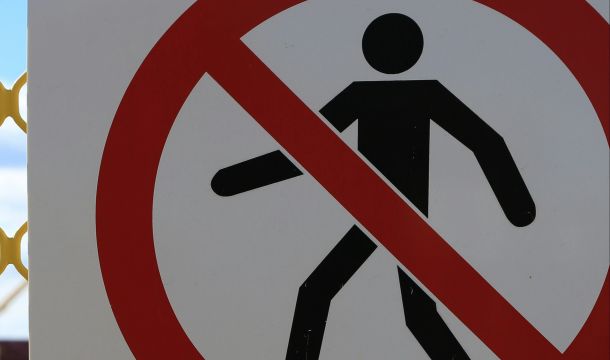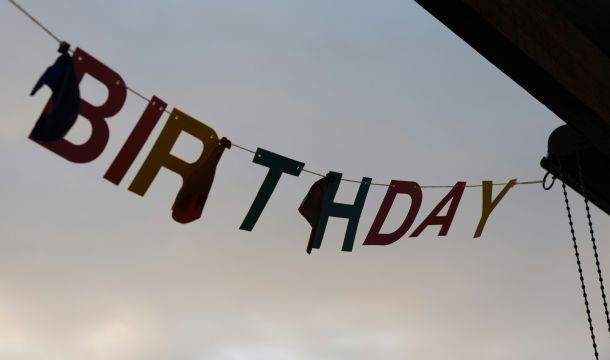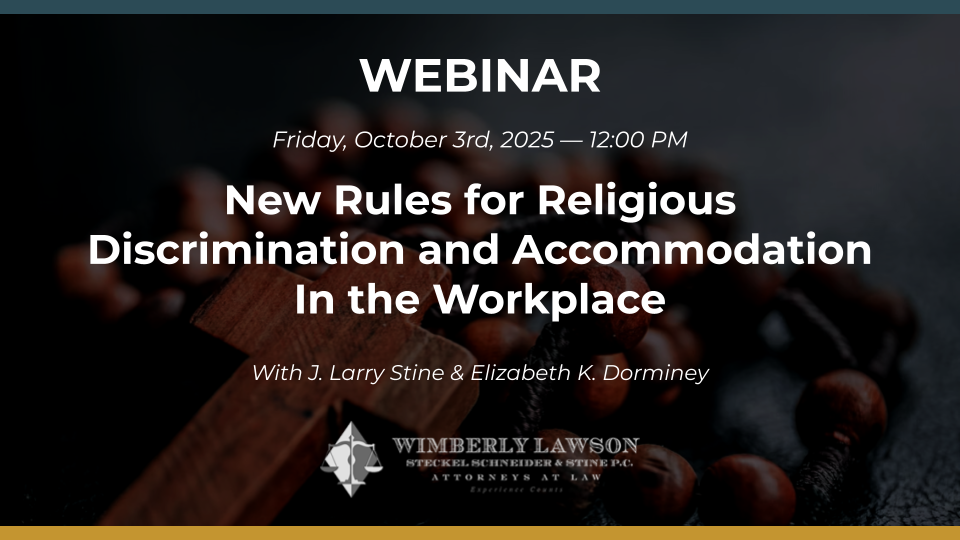FIRST MONTH'S EFFECTS OF QUICKIE UNION ELECTION RULE
The NLRB "quickie" or "ambush" election rule went into effect on April 14. Its effects are already being seen. The median time interval from the filing of an election petition to the holding of the election has been reduced to 23 days. Specifically, in the case of directed-election cases (as opposed to stipulated elections), the elections took place 23 days after the filing of the petition in two cases; 28 days in one case; and 30 days in one case, for a median interval of 26 days. In contrast, under the former election rules, the median time had generally been considered as approximately 38 days.
In essence, the effect of the new rules, at least for the first month, has been to reduce the time period from the filing of the petition to the election from a little over five weeks to a little over three weeks.
Statistics show that unions win a significantly higher percentage of union elections held quickly than those held in a longer period of time in which employees can evaluate the pros and cons of unionization. Unions are very familiar with the strategy, and one wonders whether the effects of the new quickie election rules will encourage more unions to engage in organizing campaigns and the filing of election petitions with the NLRB.
NLRB statistics indicate an increase in election petitions in the first month. In the first 30 days of the effective date of the new rules, the NLRB received 280 representation petitions, up 17% from the number filed during the same period a year ago.
Related Content
Get Email Updates
Recent Content

New Rules for Religious Discrimination and Accommodation In the Workplace

TPS Update (as of 9/3/2025)

DOL To Shut Down OFCCP and Transfer Duties to EEOC

Meaning of Supreme Court Ruling Limiting Nationwide Injunctions in Birthright Case

In Spite of Adminstration Changes, Monitoring of the Workplace Continues to Create Legal Issues

